As I sit with Jami Curl, founder of Portland, Oregon’s Quin Candy to discuss her whimsical new candy cookbook, Candy Is Magic, I have a question—one I realize I’ve never asked, and suddenly feel compelled to have answered. What exactly is candy?
We’ve all used the term since we were children; candy is something humans of all ages seem to love, but is a category that seems to be a nebulous catch-all when really pondered. Candy means lollipops and caramels and chocolate bars and gum drops and nougats and chewy fruit things and crunchy toffees and delicate truffles. There are candied apples and candy corn and now there’s even candied bacon. Candy is crunchy and soft and sticky and gooey and textured and smooth and sour and sweet. Candy is in fact so many things, it doesn’t seem to be definable at all.
Now that I have a bona-fide expert sitting in front of me, I take the opportunity to ask the question: “What is candy?” Curl answers instantly and with exuberance; clearly, it’s a question she has asked before.
“Candy is controlling sugar,” she says. Of all the ways in which I imagined she’d answer, this philosophical axiom was not among them. “What I love about candy is it’s a constant exercise in asking sugar to not turn back into a crystal. I love that it teaches you that sometimes process is more important than the end result.” It is clear that candy is much more than I had foolishly assumed.
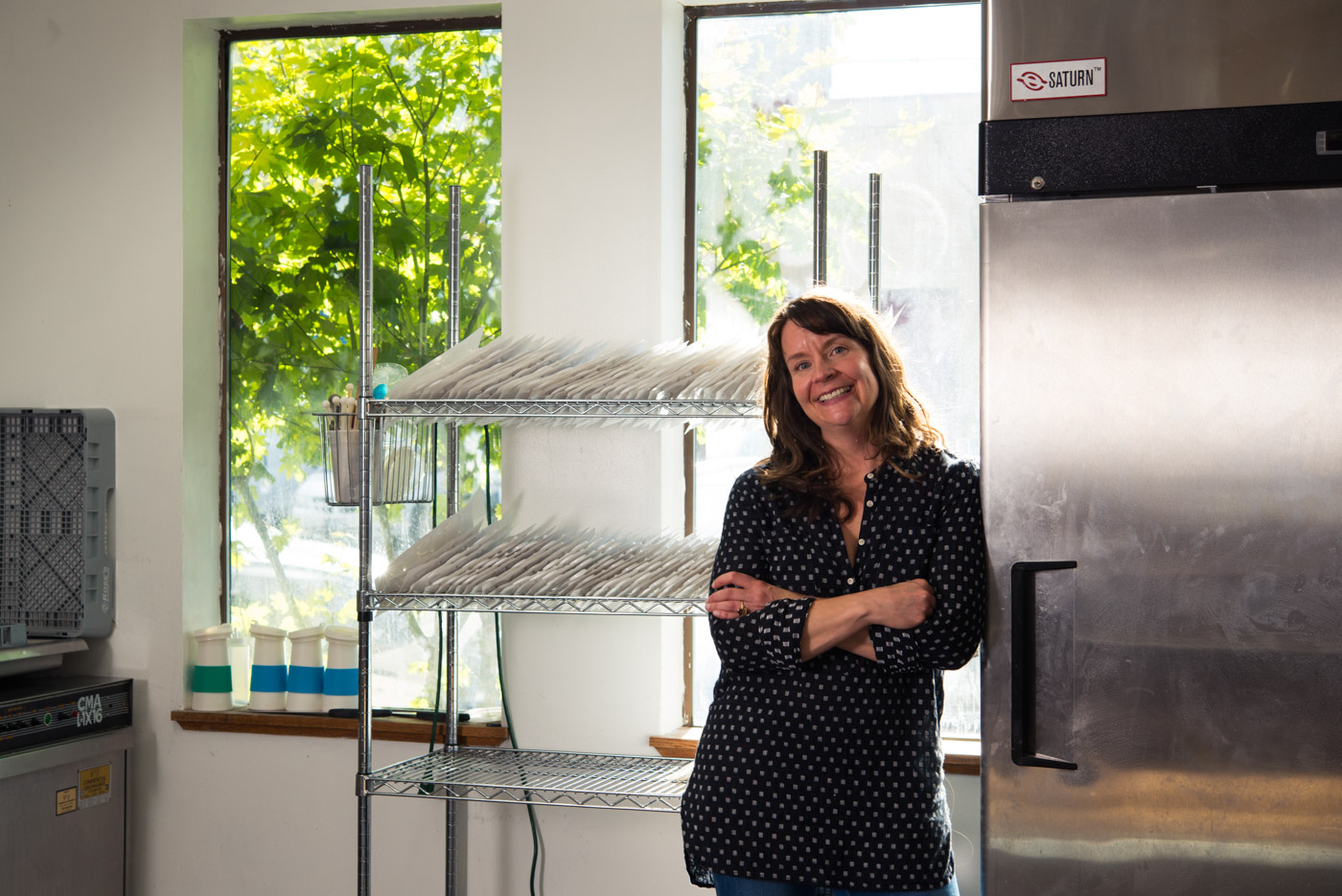
Curl is full of these wisdoms—she is also spirited, self-assured, a bit eccentric, and a genuine candy genius. It’s cliché, but seems nearly impossible not to reference to Gene Wilder’s mad scientist portrayal of fictional candy maker Willy Wonka when speaking about Curl. Wonka walks a fine line between candy deity and purpose-driven business man. It’s apparent Wilder did his research for the role—if Curl is any indicator, he captured the DNA of a candy-maker. The role expects them to create splendor for those of all ages, while they themselves walk a tightrope between youth and adult, between the youthful urge for sweetness and the mature excitement for experimentation—and, of course, balance it all with the very grown-up discipline of business development.
Like many adults, Curl spent the formative years of her mature life working a desk job. She once sat behind a cluttered desk, considering furthering her education, working her way up the corporate ladder, perhaps to one day have a larger desk and a few subordinates. These are not the dreams that we have as children. This is a missed opportunity, an unfulfilled potential; it’s allowing sugar to turn back to crystal, rather than become candy.
Fortunately for candy-lovers, at age twenty-nine, Curl vowed to change her life by the time she turned thirty; she would pursue her passion for confection. She found an ad on Craigslist for a bakery sublet, a place she could set up a pastry shop without too much overhead. She rented the space, and put out a call to her friends to help her clean it up. And there she began, baking the same recipes she had been making since she was a child in her grandmother’s kitchen. At the time, Portland wasn’t the artisanal food mecca it is today. Many pastry shops of that moment were recreating classic pastries from the French canon: croissants, éclairs, kouign-amann. But Curl didn’t want work with those recipes; they weren’t the flavors of her own childhood. Instead, she baked sticky buns and cinnamon rolls and muffins and cakes—items that reminded her of simple, joyful moments as a child.
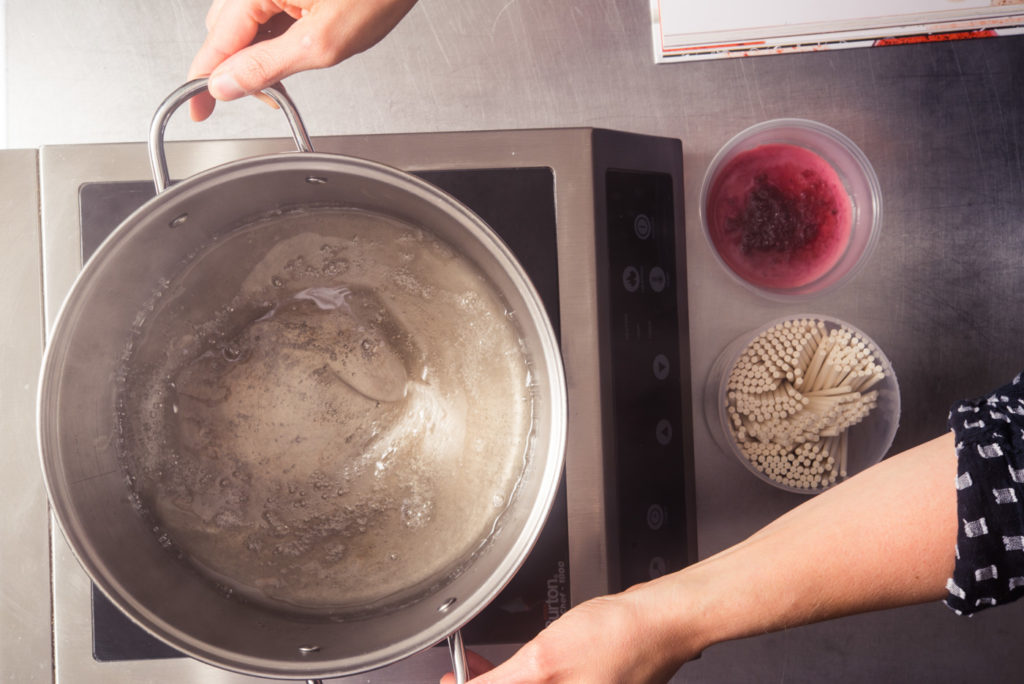
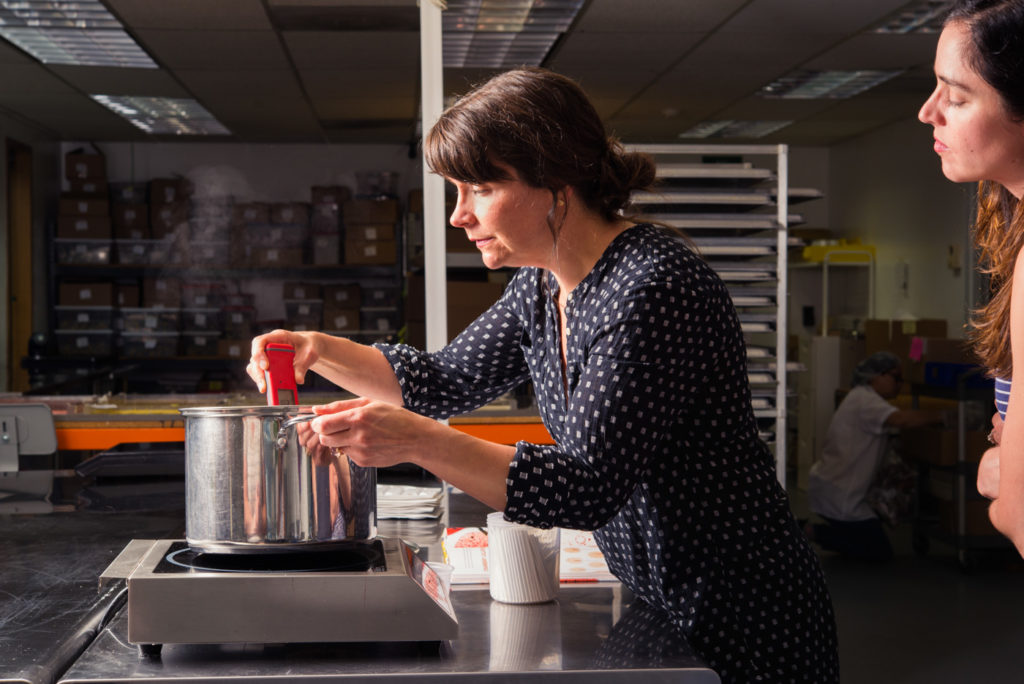
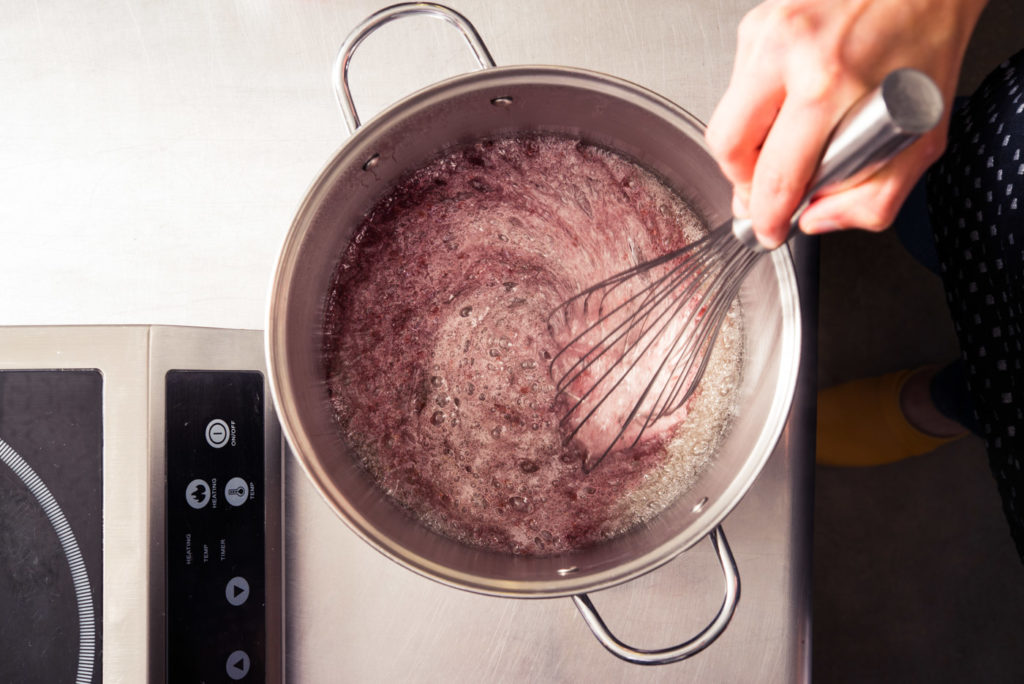
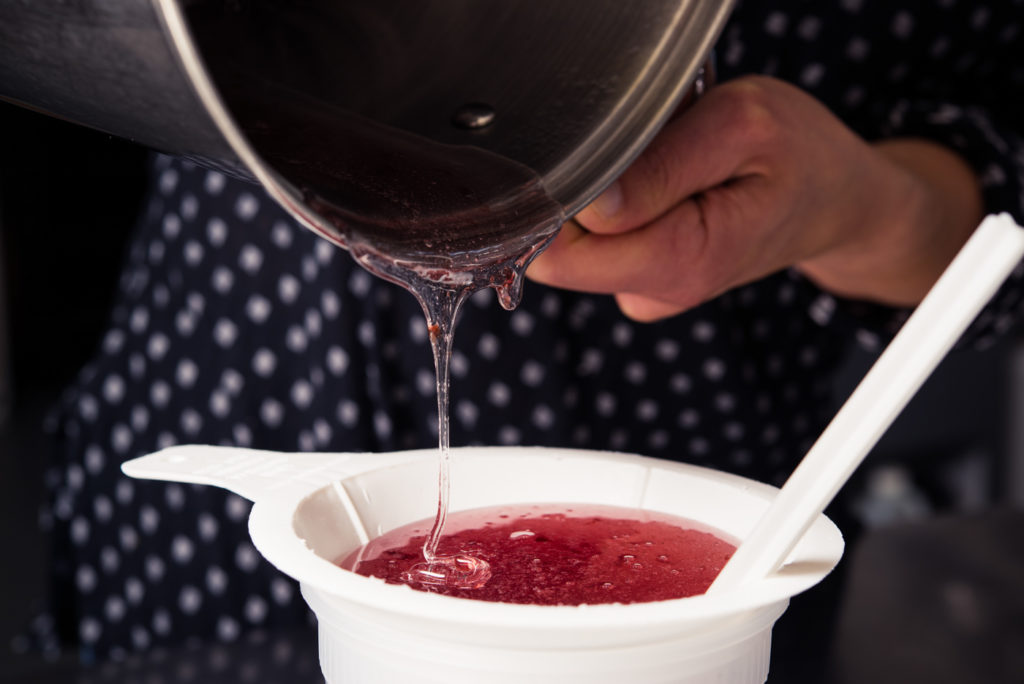
That didn’t mean she didn’t enjoy tinkering. In an early experiment, Curl developed a process for cold-smoking flour over alderwood, which she then baked into cookies to give them the flavor of a familiar campfire treat. After that was an instant success, she moved onto smoking sugar and tea leaves too, creating caramels and sauces. Trials like this furthered Curl’s appreciation for confectionary alchemy, for controlling sugar, for bringing out the joy in process—for what felt like magic.
She began to investigate and understand the chemistry behind heating, cooling, and flavoring sugar—even the science behind enjoying it. Eventually, she was inspired to leave the baking game and launch Quin Candy, with the intention of creating products from the same kind of ingredients she used in her pastries. Beyond reasons of quality, flavor—and frankly, health—refined commodity products and chemicals found in mass-produced candies also take the fun out of cooking up candy for Curl. “The thing about fake ingredients is they are so easy to control. What we do with fresh fruit and real dairy, it leaves all of these variables, so if you don’t look at the candy while you’re making it and know what’s happening, you’ll mess it up.”
So rather than high-fructose corn syrup and red number-forty, Quin’s ingredient labels read like a farmers market shopping list: fresh cream, European butter, sea salt, granulated cane sugar, and high-quality chocolates. Seasonal bounty like fresh blackberries and raspberries, apricots or coconut, freshly popped corn, pure maple syrup, and whole vanilla beans—even products from fellow Portland suppliers, like tea leaves from Steven Smith, and for the truly grown-up, Oregon-made pinot noir—all find their way into an array of nostalgic treats.
That emphasis on real, discernible flavors are the essence of Curl’s brand—and the balance between youthfully inspired fantastic treats and quality that adults appreciate. It’s no surprise her customers are of all ages. Quin Candy is more than just a treat; it’s a topic of conversation. Grown-ups play remember when with their kids, telling them about the candies of their own youth, families sharing a love for a certain flavor or specific candy across generations. Her Cherry Lollipops have lingering fruit skins, Strawberry Gumdrops crackle with seeds; it means many parents feel good about paying a visit to her Downtown Portland shop, where they snap up sweets with ingredients they can not only read and understand, but actually see and taste.
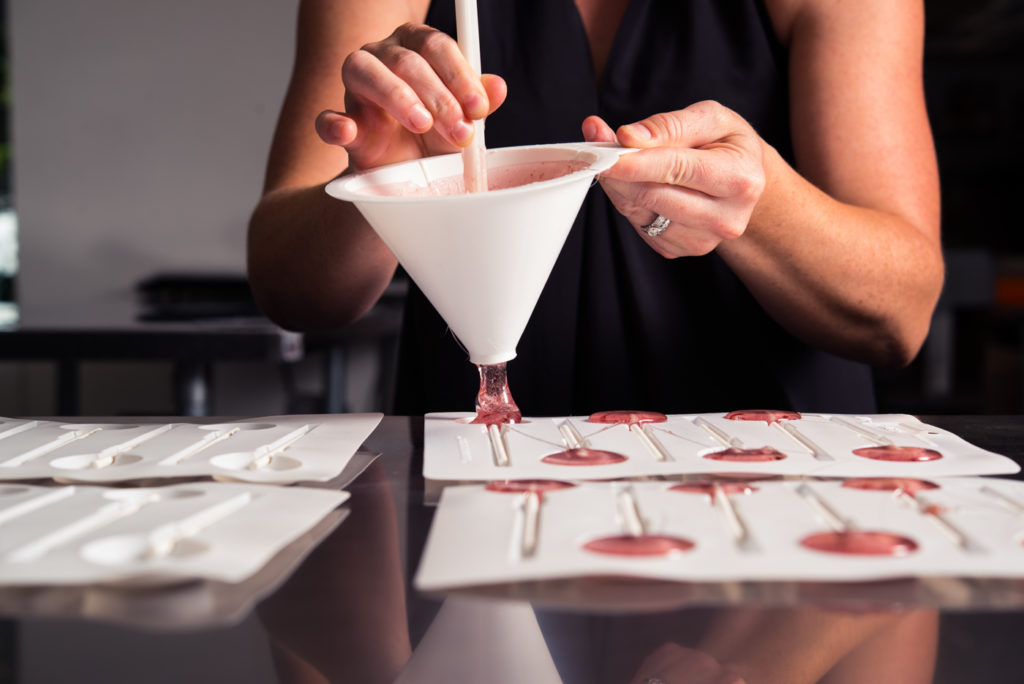
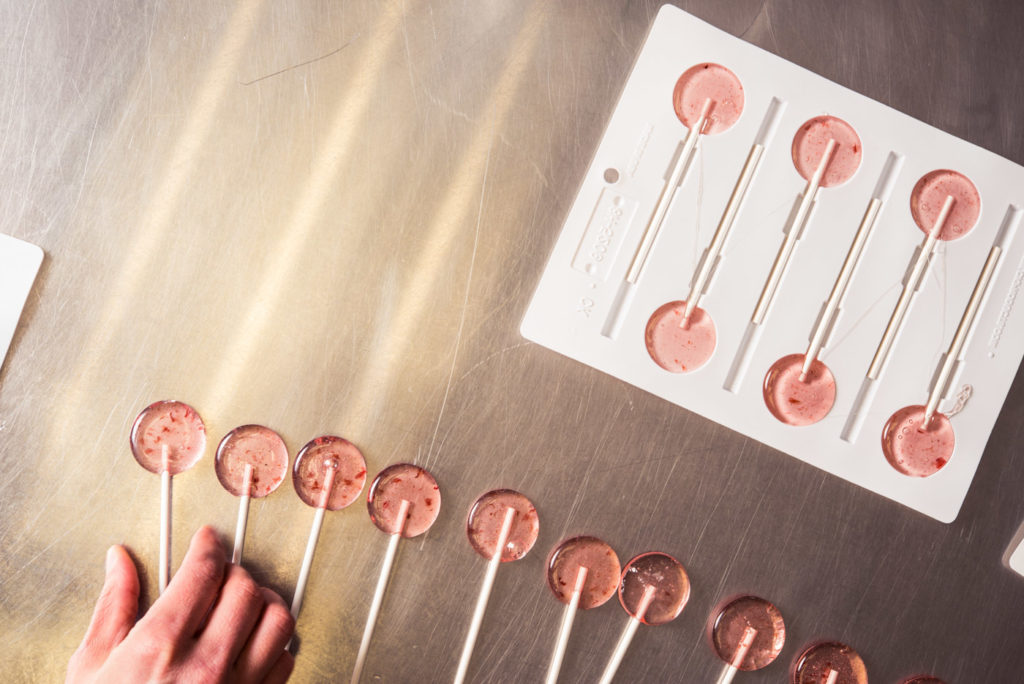
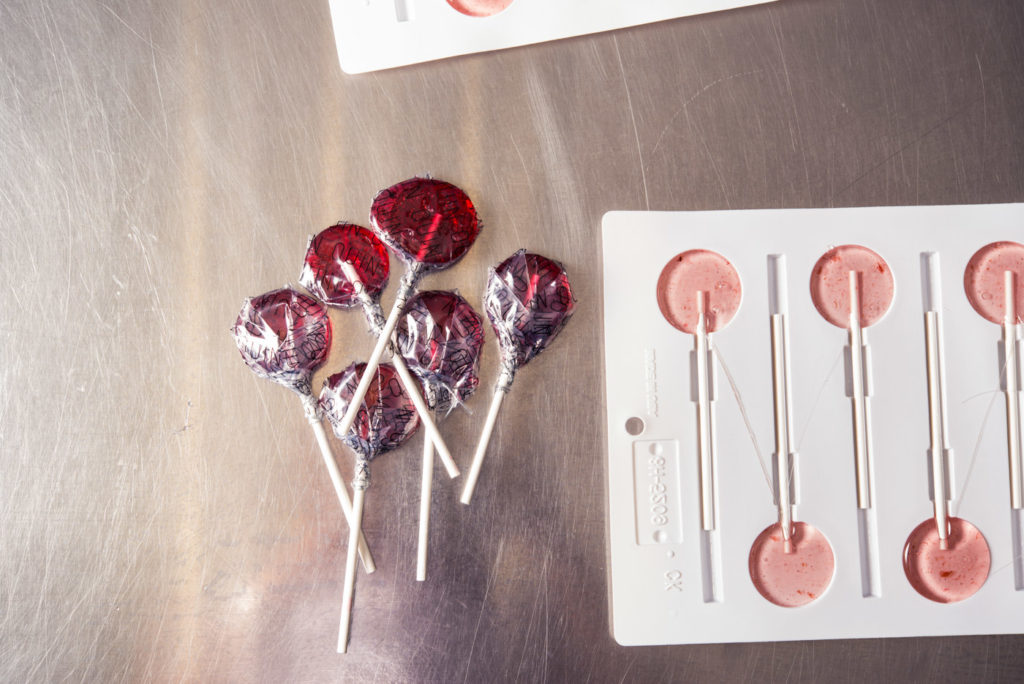
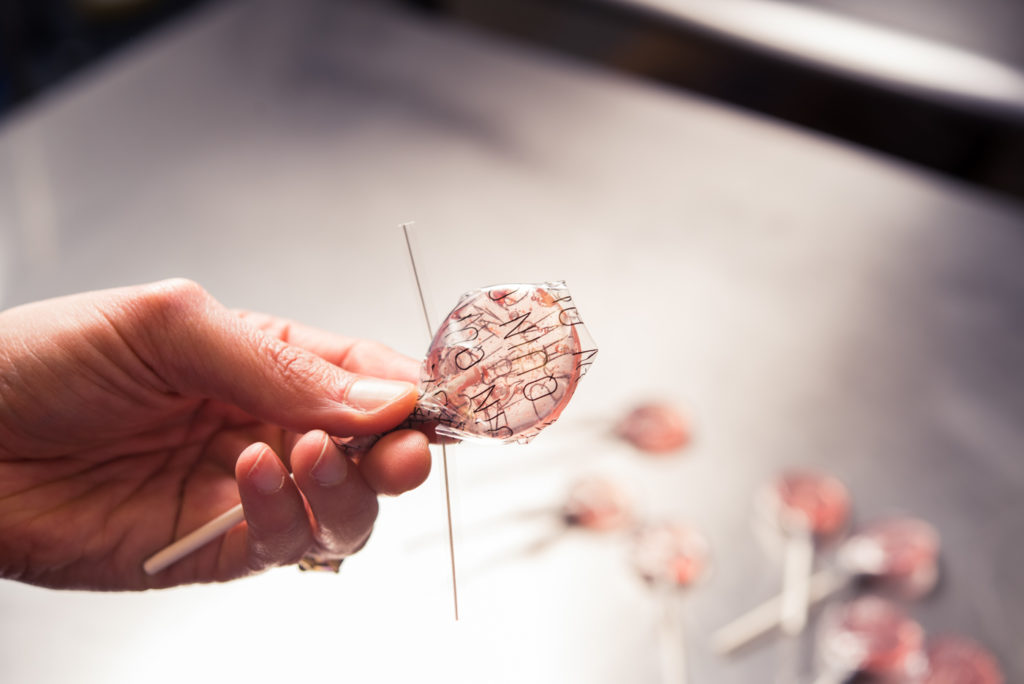
It’s also is what makes her cookbook so exciting—the concept of making candy can seem daunting to the uninitiated. Creating a homemade version of a Starburst must be impossible without specific sorts of pressure cookers and gelatins and chemical fillers and dyes, but she shows us we can do incredible things with the ingredients that are likely already in our kitchens (although you may need a new thermometer). Curl turns candy-making into a something like a grade school science experiment with sweet results.
In her book, Curl notes one of the greatest compliments she’s received—her candy “tastes more than just sweet. It can be deep and complicated, complex yet nuanced, and being able to achieve something within that realm is one of the best reasons to make candy at home.” That something so seemingly simple and sweet is really so complex, and to make it easy enough for everyone to make and enjoy—that seems almost mystical. Although Curl’s response to my question is scientific and indisputable, it seems to me that another answer exists—candy is, in fact, magic.
——
Jami Curl’s new cookbook, Candy is Magic: Real Ingredients, Modern Recipes is now available.

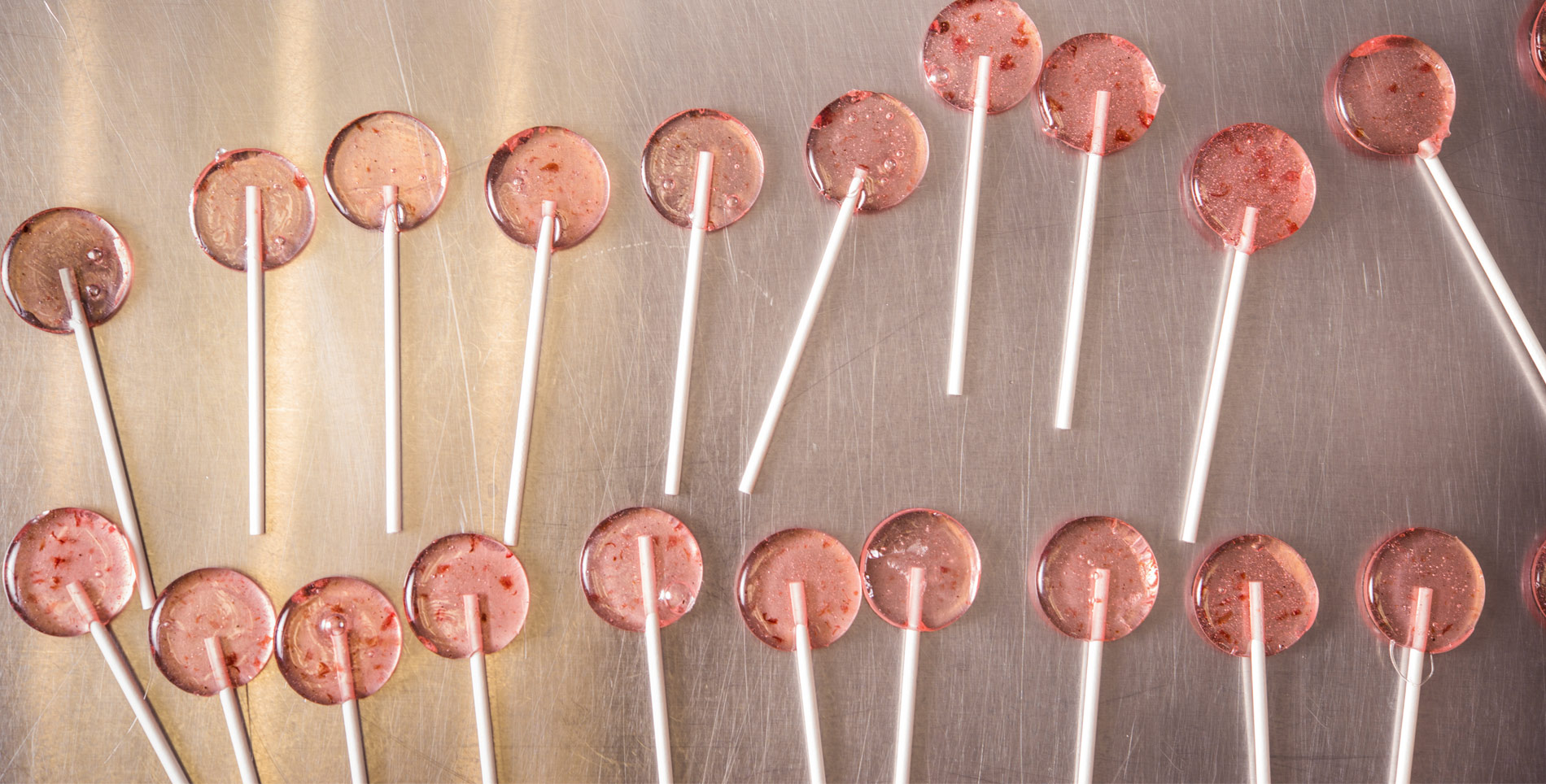

Our comments section is for members only.
Join today to gain exclusive access.